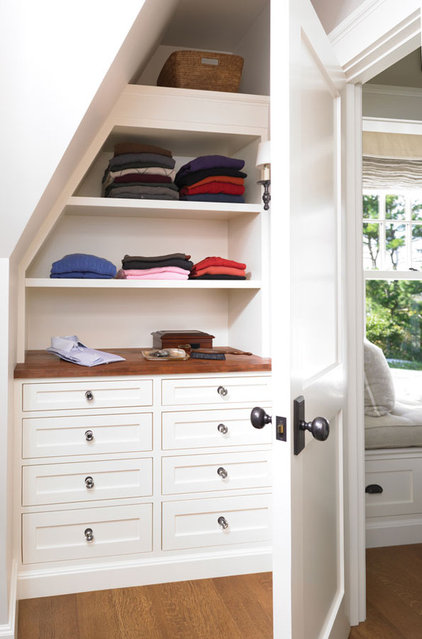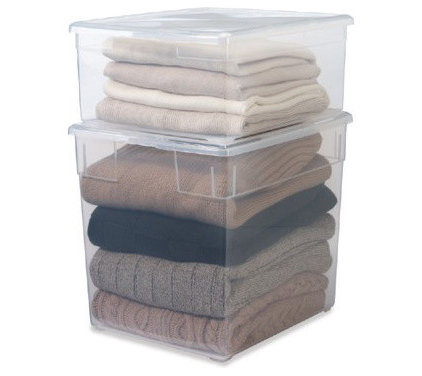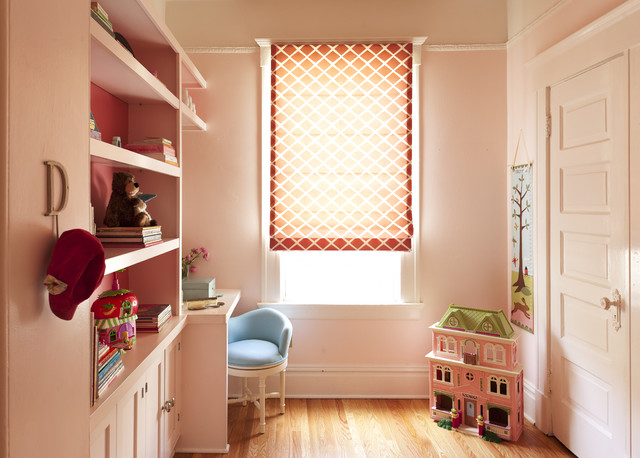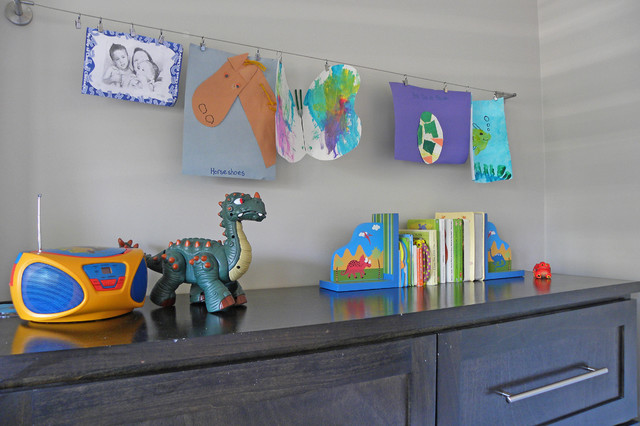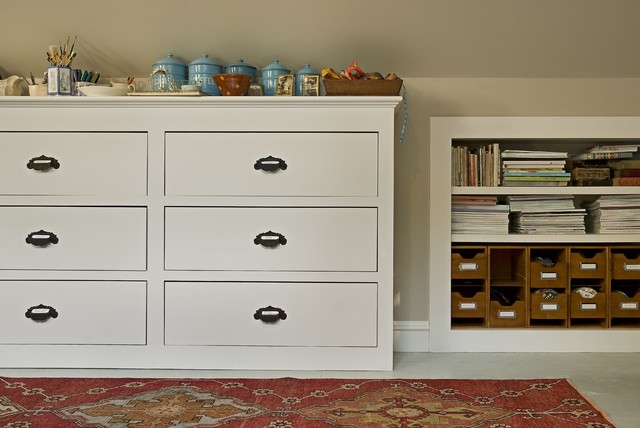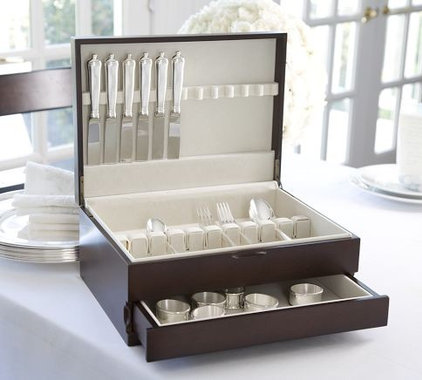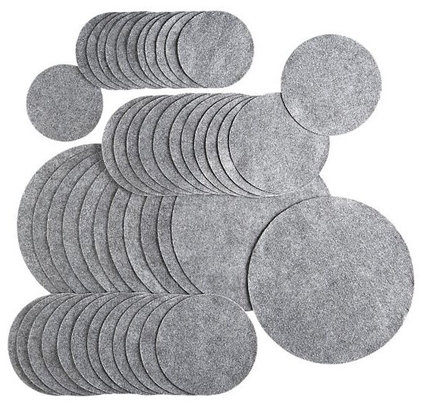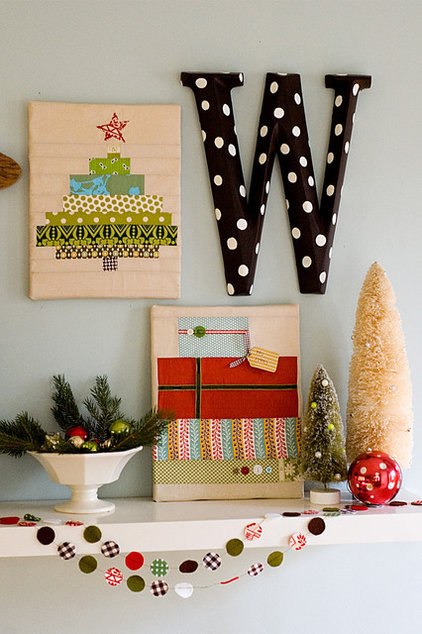Small Changes to Simplify Your Long-Term Storage
The Clean-As-You-Go Plan
Revamping a storage area is a large project, and unless you have boundless energy or a crew of workers, it's probably best tackled in segments. The clean-as-you-go plan works like this: Each time you need to access something in your storage area, whether it's Christmas lights or fall sweaters, you take a bit of time to sort, clean and assess that area. When the items go back, commit to putting them back neatly, in appropriate and clearly labeled containers.
Keep reading for tips on how to pare down, organize and protect your belongings in long-term storage.
Clutter collects because we ignore it, so the first step is taking a good look at what you actually have. Are there wool socks missing mates? Moth-eaten sweaters? Old coats you know you will never wear again? Instead of shoveling everything back into the bin, donate the items in good shape and toss the rest.
If there are a few good pieces you want to save but not wear right now, have them cleaned before storing them again.
|
Keep only the kids' stuff you really need. Between
nursery furniture, baby gear, clothing and toys, it's amazing how
quickly the basement can begin to look more like an archeological site
than a storage area. If you know you've been saving too much stuff but
are not sure what to let go of, here are a few points to consider:
|
|
|
|
Pare down kids' art. Your
child's artwork can be a treasured keepsake, but don't feel like you
have to keep every single thing. Choose a protective container (art
portfolios and document boxes work well) and fill it with your favorite
pieces. Taking digital photos of the surplus art and compiling them in a
photo book is a great way to preserve memories while saving space. You
can also upcycle your child's art into cards, gift wrap or laminated
placemats.
|
|
Store extra supplies. From
bulk household goods to supplies from home improvement projects, we all
have those odds and ends that can be hard to organize. Make it easier on
yourself by installing a shelving system that fits your space. Beside
being easier to access, this will keep everything off the floor where
moisture can cause damage.
The next time you venture down the basement steps with an armful of stuff, take a couple of extra minutes to put like with like (paper products can go in one area, paint and rollers in another) and toss anything that is obviously damaged. |
|
Protect photos and heirlooms. For
irreplaceable old family photographs and other memorabilia, consider
supplementing with digital backups stored online or somewhere offsite.
Of course they can never truly replace the originals, but in case of
fire or water damage, it can be reassuring to know you will still have
some record of these bits and pieces of your family's history.
A good time to organize these items might be around the holidays, when relatives are visiting, so you can reminisce together. When it's time to put everything away, use acid-free photo or document boxes for photographs, drawings and other works on paper, and keep linens sealed in plastic or other mothproof containers. |
That being said, it makes sense to keep your Thanksgiving plates and other themed dishware tucked away until it's needed, and pricey crystal goblets may not mix well with small children. There may even be items you never use, even on holidays, either because they are too precious or just not your style. If this is the case, consider passing them along to another family member who you know would love to have them.
Give yourself permission to give away anything that no longer suits your style, but not before checking with your kids or close relatives to see if they want it — lots of emotion gets wrapped up in holiday traditions, and you never know how others feel about something unless you ask. Those little angel candles you think are so tacky? They could be the thing that most reminds your son of Grandma.
|
Pack up postholidays. When
it's time to put everything away, taking a little extra time will make
life much easier the next year. But there is no need to spend money on
specialty containers — egg cartons make great ornament holders, twinkle
lights wrapped around cardboard will stay tangle free and rolls of
wrapping paper can be easily stored in a bucket or an umbrella stand.
|
